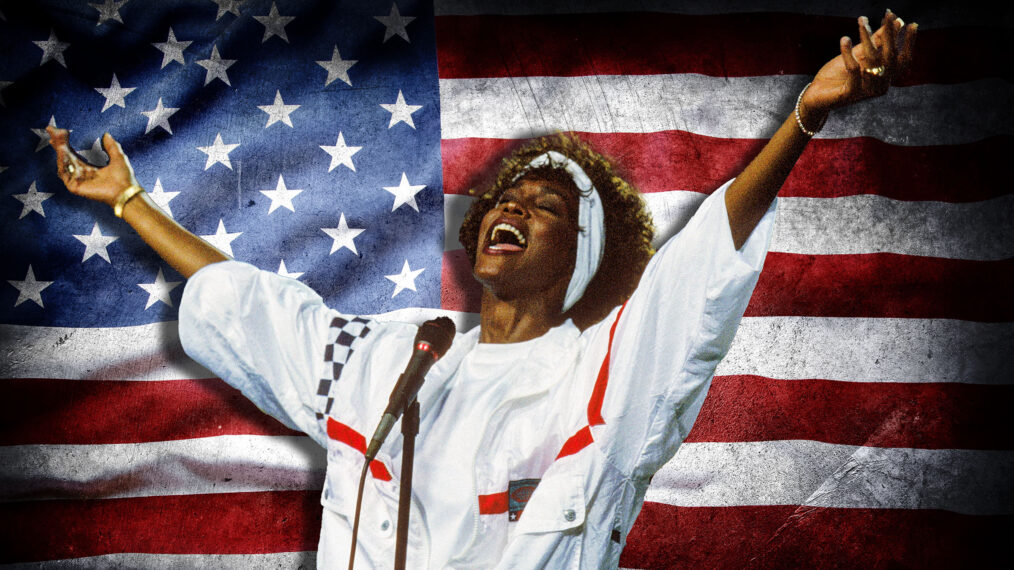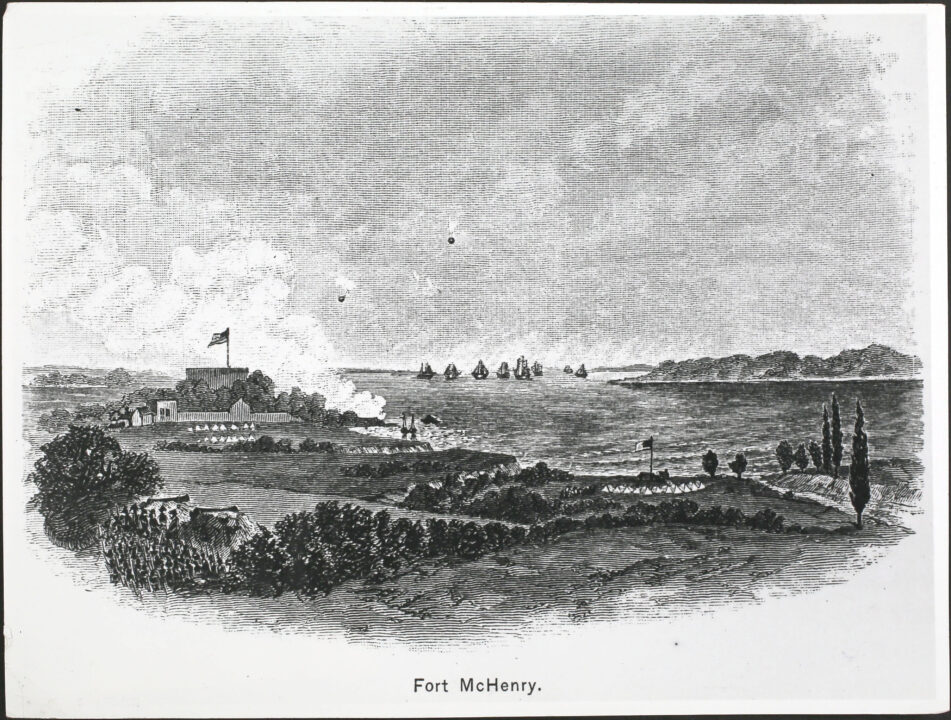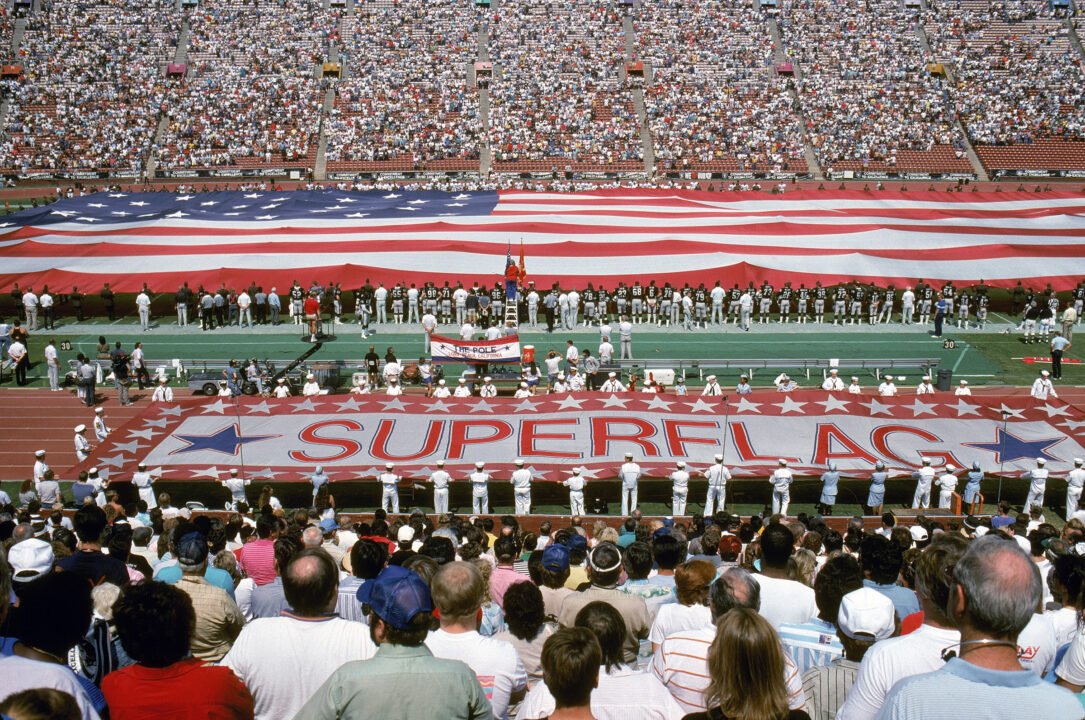All Stand For “The Star-Spangled Banner:” What Is the History Behind America’s National Anthem?

Long before pop culture’s fascination with celebrity-inspired patriotism, before Whitney Houston made the national anthem a Billboard-ranking vocal marvel, before Christina Aguilera’s highly publicized botched version of the song, and before Roseanne Barr famously butchered the song, there was a flag maker.
In 1813, Mary Pickersgill, a socially outspoken resident of Baltimore, was commissioned by Maj. George Armistead to make a flag for Fort McHenry. This flag, which measured 30 feet by 42 feet, was the original Star-Spangled Banner that inspired the lines of Francis Scott Key’s renowned poem, later to become America’s national anthem.

Wikipedia
On Sept. 13, 1814, two years since the onset of the War of 1812, a fleet of British Royal Navy vessels lingered in Maryland’s Chesapeake Bay. Lawyer Francis Scott Key was aboard Britain’s HMS Tonnant, negotiating the release of a group of American prisoners. Key, who was prohibited from exiting the vessel until morning due to the imminent bombardment of Fort McHenry, witnessed the battle from the ship. At dawn on Sept. 14, Key rose to the sight of Pickersgill’s flag, waving gloriously from the shore.

Hulton Archive/Getty Images
Welling with nationalistic pride, Key penned a poem titled “Defense of Fort M’Henry,” and set the lines to the tune of “To Anacreon in Heaven,” a popular drinking song. The poem had four stanzas, although today many Americans only know the first. A few days after its creation, the poem was published in both The Baltimore Patriot and The American. The poem became popular among readers, and within weeks it was printed in numerous publications along the East Coast. In October 1814, actor Ferdinand Durang performed the first known musical version of the poem in a Baltimore tavern.

Hulton Archive/Getty Images
Throughout the next century, the song was lauded and even amended by some of America’s historical elite. Author Washington Irving reprinted it in Philadelphia’s The Analectic Magazine in November 1814. In 1861, Oliver Wendell Holmes Sr. created a fifth stanza to reflect the events of the Civil War. In 1889, Secretary of the Navy Benjamin F. Tracy signed a General Order requiring the song to be played during the raising of the flag. In 1916, President Woodrow Wilson ordered that it be played during other special occasions.

George Rose/Getty Images
Though the song was first played at military events, it later became a staple at sporting events — particularly baseball games. The first documented performance of the song at a baseball game was during the 1918 World Series. “The Star-Spangled Banner” was officially adopted as the national anthem by President Herbert Hoover in 1931, two years after Ripley’s Believe it or Not! cartoonist Robert Ripley pointed out that “America has no national anthem.”
Notable celebrity renditions include Marvin Gaye’s 1983 NBA All-Star Game performance, Jimi Hendrix’s instrumental version at Woodstock in 1969, Whitney Houston’s 1991 Super Bowl XXV performance and, of course, Christina Aguilera’s headline-grabbing lyrical flub at the 2011 Super Bowl XLVIII. Notoriously difficult to perform, the song has a history of both astounding successes and cringe-worthy failures (we are looking at you Roseanne!); yet, the opportunity to belt it out in front of a crowd remains a sought-after honor.
Just in case you needed a reminder of how terrible the Roseanne Barr version is.
Home of the brave, indeed.

